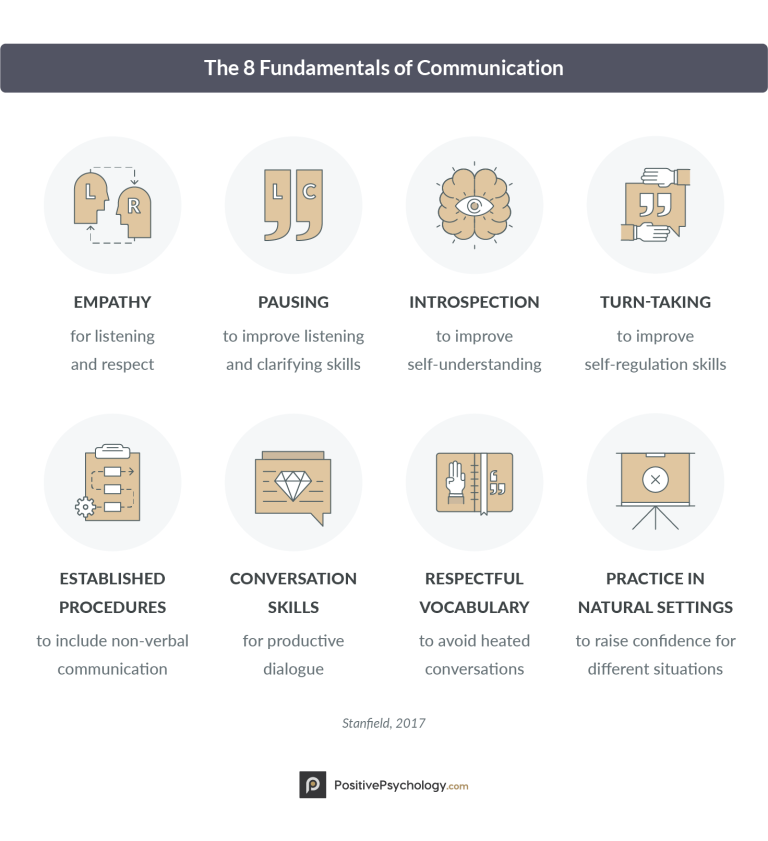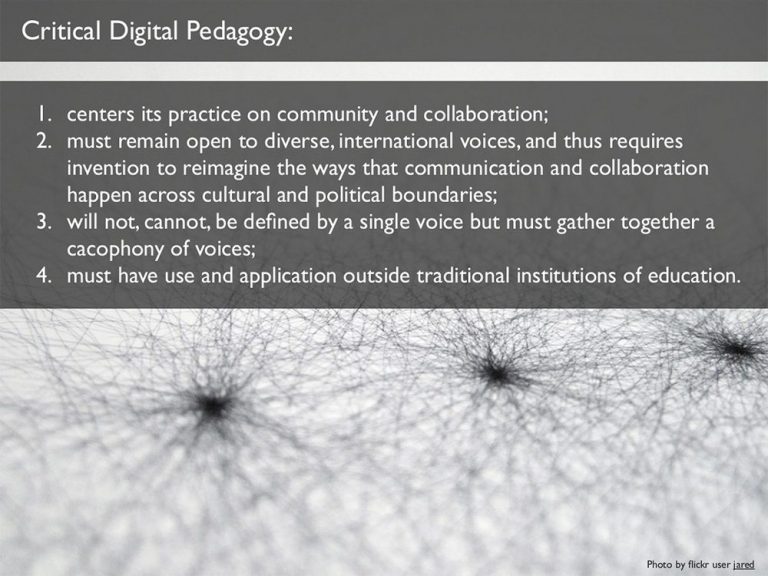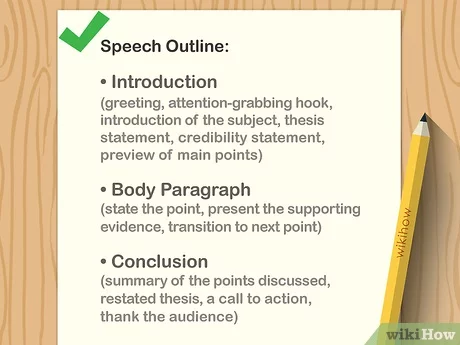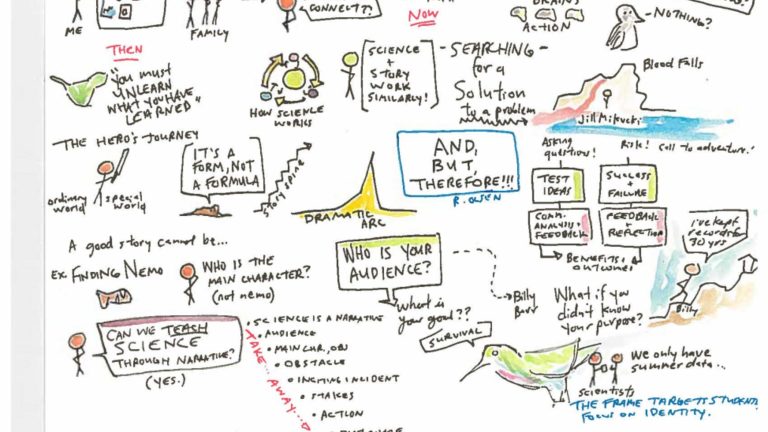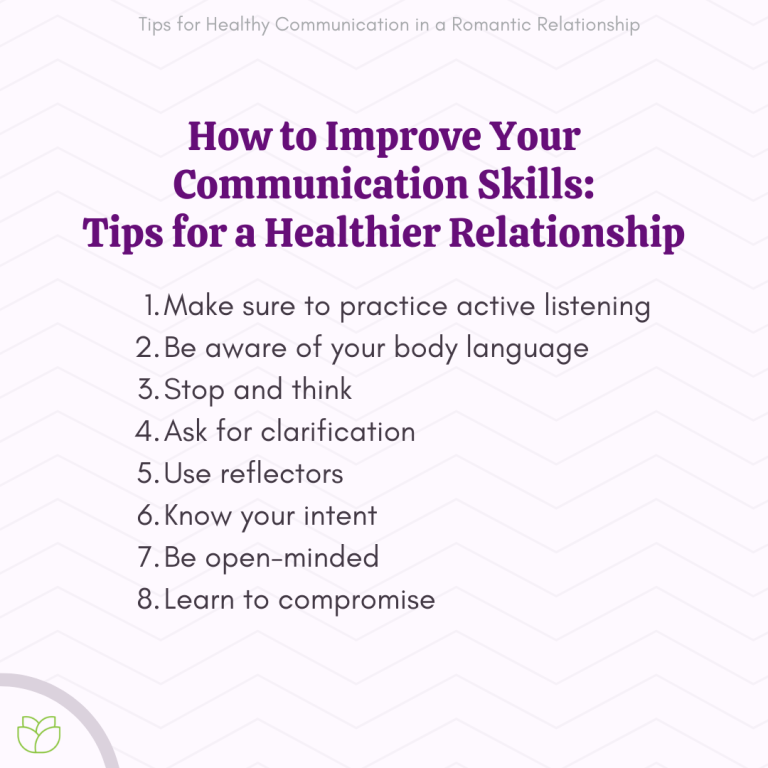5 Proven Tips to Improve Communication Skills
Good communication is not just about the words we use but also about how we present them. Whether you’re aiming to be an engaging public speaker, a better professional communicator, or simply more clear in daily interactions, refining your communication skills can transform how people perceive and respond to you. Here, we dive into three impactful and practical tips that can take your communication game to the next level.
1. Eliminate Auditory Clutter
One of the most powerful things you can do to improve your communication is to eliminate auditory clutter—those filler words and sounds we often add in conversations without even realizing it. Examples include the usual suspects like “um,” “uh,” “like,” and “you know.” These words and sounds create unnecessary clutter, reducing the clarity, credibility, and authority of your message. Here’s why this is crucial and how to get started:
Why It Matters
Auditory clutter makes it seem as though you’re unsure of what you’re saying, even if you’re confident. It disrupts the flow of your message, making it harder for others to follow your ideas and leaving a less professional impression. Picture someone telling a story filled with filler words, like in the following example:
“Um, just because I wanted to, uh, challenge myself, I, uh, signed up for a history course, uh, and, um, as we were kind of, uh…”
Compared to a version without filler words:
“I challenged myself by signing up for a history course. As we progressed through the material, we reached the American Revolution…”
The second version is clearer and more impactful, projecting confidence and authority.
Practical Tips to Remove Auditory Clutter
- Pause Instead of Filler Words: Whenever you feel the urge to say “um” or “uh,” try pausing instead. A brief moment of silence feels natural and allows the listener to digest what you’re saying.
- Practice Awareness: Start recording yourself during conversations or presentations, then play it back to identify your common filler words. Over time, this awareness will help you catch yourself before you speak.
- Slow Down: Speaking slowly gives you more control over your words and reduces the need for filler sounds.
2. Reduce Visual Clutter
While words matter, your body language plays a huge role in how your message is received. Just as filler words create auditory clutter, excessive or repetitive gestures can create visual clutter, making you seem anxious or distracting from your message.
Why Visual Clutter Distracts
Imagine watching a speaker who fidgets with their glasses constantly or gestures in an overly animated way. Even if they’re saying something valuable, their distracting movements draw focus away from their message. Body language is powerful—it should enhance your message, not detract from it. In the words of one of my students:
“When I first started speaking, I would adjust my glasses repeatedly and use the same hand gesture over and over. It made me seem nervous and unpolished.”
Practical Tips to Remove Visual Clutter
- Mindful Movement: Make your gestures purposeful. For instance, if you’re emphasizing a point, make a single, strong hand gesture instead of repetitive ones.
- Identify Nervous Habits: Some people fidget or have “tics” when they’re nervous. Record a video of yourself and review it to see if you have any habits like adjusting glasses or pacing. Awareness is key to changing these behaviors.
- Practice Open, Relaxed Posture: Stand or sit with an open posture, avoid crossing your arms, and maintain steady eye contact. A calm posture conveys confidence and draws attention to your message.
Visual clutter is subtle but powerful. With a few adjustments, you can create a polished, focused presentation that captures your audience’s attention.
3. Smile More (Authentically!)
Smiling may seem like an overly simple tip, but the power of a genuine smile cannot be overstated. Smiling makes you appear approachable and creates a sense of warmth and connection with your audience. However, the key lies in making your smile feel real rather than forced.
Different Types of Smiles
- Polite Smile: This smile is subtle, often only involving the mouth, and is usually reserved for strangers. It’s polite but lacks genuine warmth.
- Photo Smile: In photos, many people smile with their mouths open to show teeth but without involving the rest of their face. It looks posed and often feels inauthentic.
- Duchenne Smile: This is the real deal! When you’re genuinely happy, the muscles around your eyes engage, creating those little crow’s feet. It’s the most authentic and expressive smile, showing true warmth and sincerity.
How to Smile More Authentically
- Think Happy Thoughts: Imagine something or someone that brings you joy. When you genuinely feel happy, your smile will come naturally and will be noticeably more engaging.
- Engage the Eyes: Remember, a true smile is not just about your mouth; let your eyes join the expression. People notice the difference!
- Practice in Real Conversations: Practice smiling authentically when you’re speaking to people in casual settings. Over time, it will become more natural and will positively impact your professional communications too.
Tip Number 4: Practice Active Listening
Why Active Listening Matters
Communication is not only about speaking; it’s equally about listening, and not just any kind of listening—active listening. This skill is often overlooked but is crucial for fostering better understanding and more meaningful connections. When we actively listen, we’re fully engaged, which means we’re not just hearing words but also interpreting the tone, body language, and emotions behind them. This helps us respond thoughtfully and with empathy.
What Active Listening Looks Like
Imagine a conversation with a friend. Instead of formulating your response while they’re speaking, try focusing completely on their words, body language, and emotions. Nod to show you’re engaged, make eye contact, and give them your undivided attention. When they finish, summarize or paraphrase what they’ve said to confirm your understanding, like, “So, if I understand correctly, you’re saying…” This simple habit not only improves understanding but shows the speaker you genuinely value their perspective.
Example of Active Listening in Action
In a classroom, a student who actively listens might hear a complex idea from the professor and respond with, “So, are you saying that the Declaration of Independence was more a statement to the King than Parliament? That seems like a huge deal!” Active listening here allows the student to grasp deeper meanings and build stronger connections with the speaker. In a professional setting, such as a team meeting, it can mean the difference between superficial discussions and truly impactful ones.
Tip Number 5: Adapt Your Tone and Language to Your Audience
Why Adaptability is Key
Being adaptable with tone and language is a cornerstone of effective communication, as different audiences respond to different styles. Imagine explaining a technical concept to a group of experts versus a group of newcomers. Your choice of words, tone, and examples would naturally differ for each audience to ensure your message is clear and engaging.
How to Adapt Your Tone and Language
Start by assessing who your audience is. If you’re presenting to seasoned professionals, you might use more formal language and technical jargon. If your audience is new to the topic, use simpler words, analogies, or stories to make the concept relatable. Adapting your tone can make the listener feel you’re speaking directly to them. For instance, a friendly, conversational tone works well in casual or informal settings, while a confident and authoritative tone is best suited for formal presentations.
Example of Adaptable Communication
Let’s say you’re giving a presentation on a recent project. For your team, you might share all the technical details, assuming they’re familiar with the nuances. However, if you’re presenting to upper management or clients, you’d focus more on the results and impact rather than the technical process. For instance, instead of saying, “Our data analysis tool uses a Bayesian model,” you might say, “Our tool analyzes data to help predict trends more accurately.” Tailoring your message this way ensures clarity and relevance, enhancing the impact of your communication.
Incorporate these additional tips to take your communication skills to the next level! These practical adjustments—listening actively and tailoring your tone and language—will deepen your connections, foster clarity, and leave a lasting impression.
Final Thoughts: Simple Changes, Big Results
Improving your communication skills doesn’t always require complex strategies. Sometimes, it’s the smallest adjustments—eliminating unnecessary words, refining your gestures, and smiling genuinely—that make the biggest impact. Embrace these three practical tips and watch as people respond to your new clarity, confidence, and warmth. The power of effective communication is within reach—start making these changes today!
